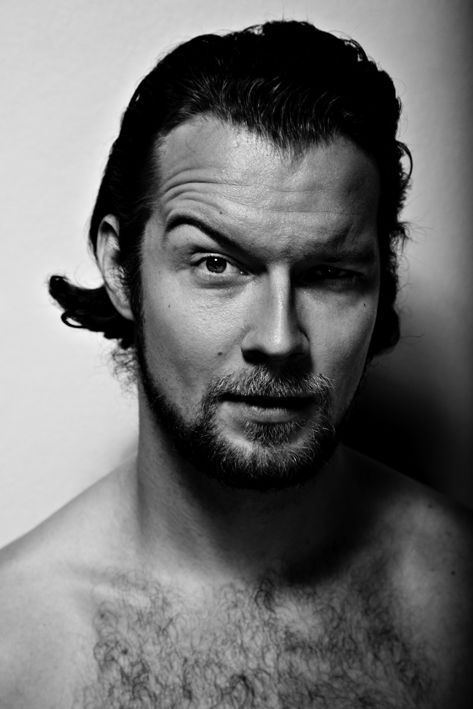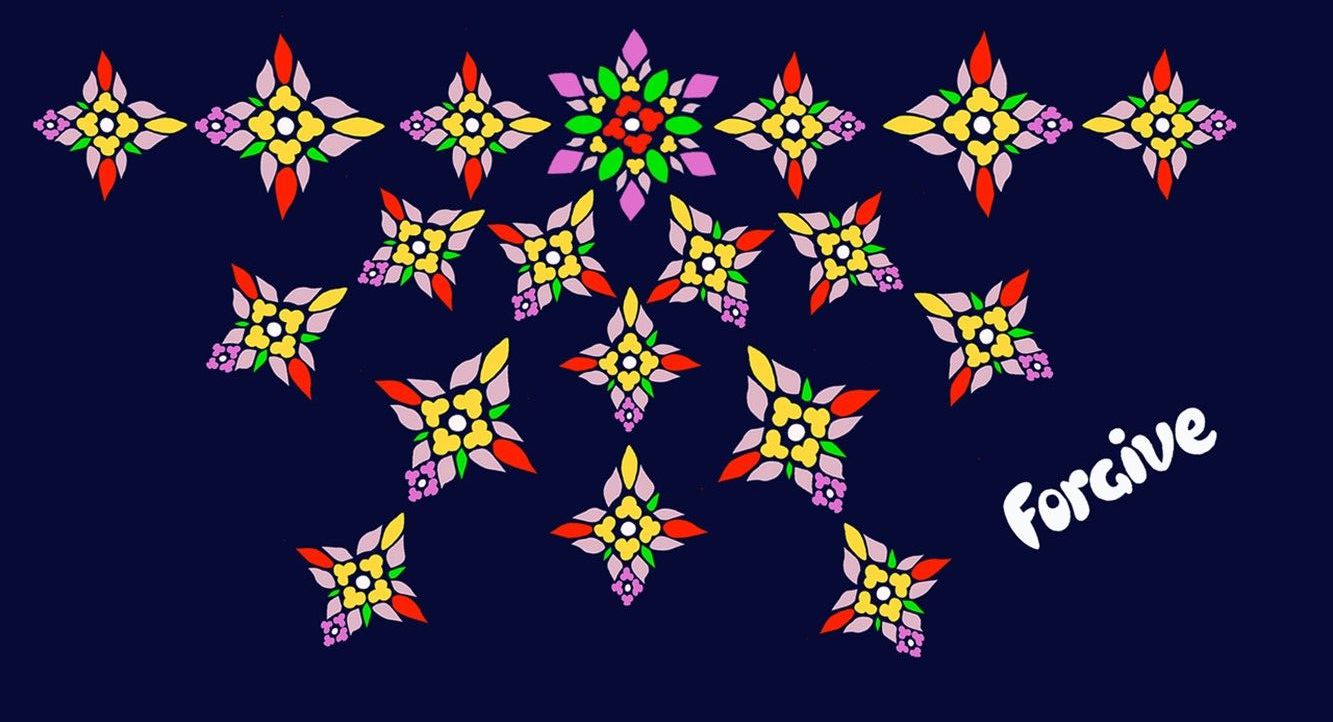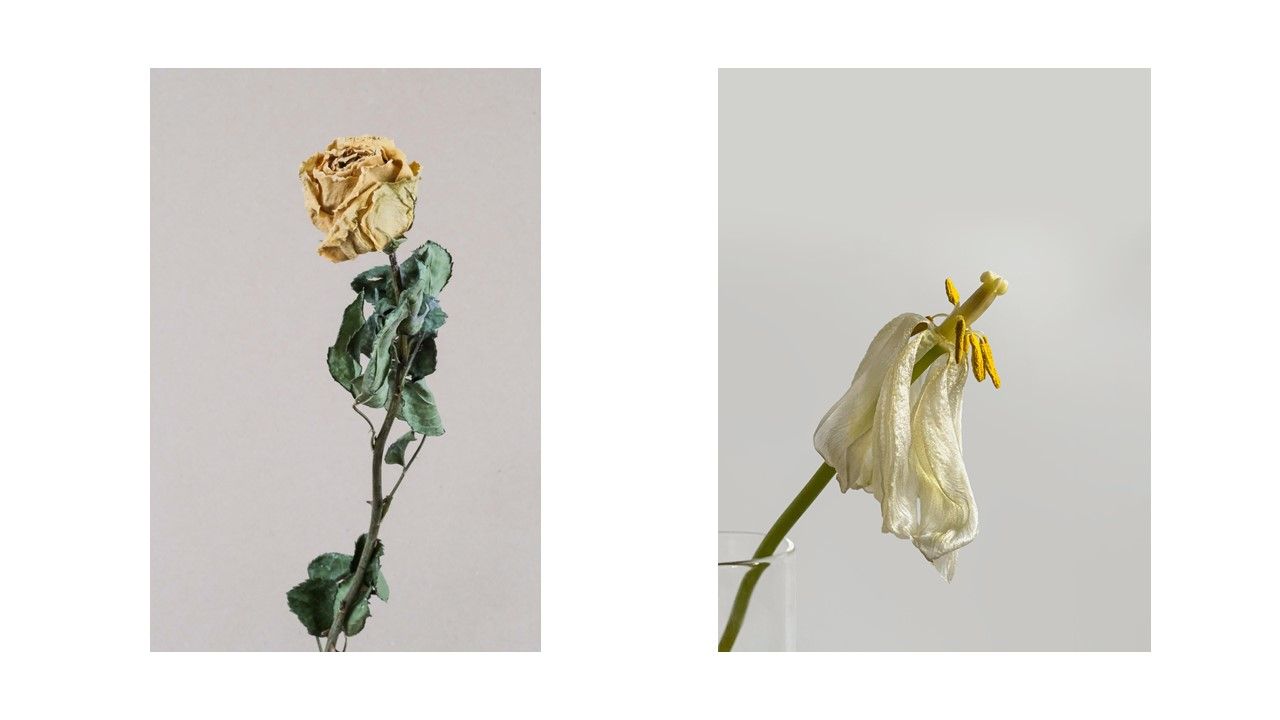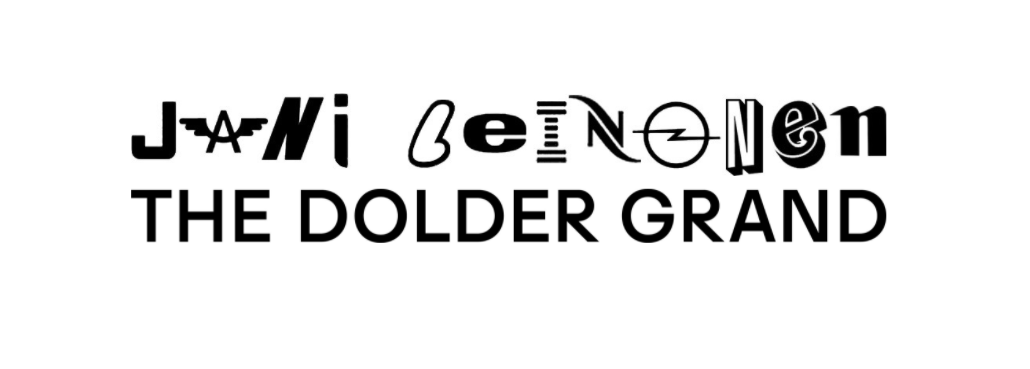Please meet: Jani Leinonen
Jani Leinonen is one of the world’s most sought-after artists. His work is displayed in galleries across the world, and he creates pieces that visually and thematically reflect the current state of the world. The Finnish artist has recently completed a particularly special project for the Dolder Grand – he created this year’s Easter egg, which will be on display in the Steinhalle from 13 April for approximately 1 week. Decorated with more than 12,000 carnations, the Easter egg bears the artist’s unmistakable signature and portrays his interpretation of Easter. The egg is accompanied by the “Seeds in Their Pockets” installation – seven dried flowed that Jani Leinonen collected in war zones across the world, and which convey a message that is really important to him.

The Dolder Grand and Jani Leinonen have a relationship that dates back many years. His works have been exhibited in the Hotel since 2009, and there are currently six on display. Getting the 43-year-old artist to design the Easter egg this year was a major coup, not least because Jani’s unmistakable style and his unique ability to create pieces that reflect societal issues in a provocative way have made him famous across the globe. This project is a continuation of his controversial work. The subject of this piece for Easter is particularly relevant right now, and forces the viewer to think and look beyond their own horizons. “For me, the story of Easter is one of the most fascinating stories”, says Jani. “It is a story about the awful chain of events that led to the execution of Jesus.” For Jani, Jesus’ last words on the cross are the most important aspect: “Forgive them, for they know not what they do.” – “These words are as relevant today as they ever were, as Jesus says these words to the soldiers who are blindly following orders from their superiors”, Jani adds. He therefore decided to bring across this message on the Easter egg in a poignant and succinct way, with just a single word: Forgive.

Flowers of war, flowers of peace
The “Seeds in Their Pockets” installation is also on display alongside the egg. It comprises dried flowers the artist collected in war zones, including a red rose from Iraq, a sunflower from the Ukraine and a yellow lily from Bosnia. On the day Russia invaded the Ukraine, Jani read a newspaper article and wrote a poem, “Seeds in their pockets they went to war and became flowers”. It is the story of a Ukrainian woman who meets a Russian soldier and tells him to put sunflower seeds in his pocket so that flowers grow at the place where he dies. “For me, this is a really strong image of war. I discovered that flowers grow on many of the battlefields in these war-torn countries, and it’s mostly the national flowers of the countries.” The Finnish artist decided to head out and find these flowers. “I wanted to turn this image into a truly universal anti-war message”, he says. He wants to change the way that people view these flowers and the seeds from which they grow – from something trivial and beautiful to a symbol of how good and evil are intertwined. “We are shown so many beautiful things to distract us from the awful things in this world. That’s why we often forget that we have to fight for what’s good.”

Artist and provocateur
Jani Leinonen is known for creating provocative yet playful pieces that put the spotlight on capitalism and, in the artist’s words, our “self-centred consumerist society”. He addresses contemporary issues and presents them in a way that holds up a mirror to our modern society. “I often use finished products and items from the real world, like cereal boxes or beggar’s signs. I turn this junk into art.” He finds inspiration in popular culture, in big corporate brands and marketing strategies, transforming the items he uses in his art into objects of ridicule that portray the clichéd nature of our day-to-day lives. Among his most recent projects is a series of advert-like videos of Kellogg’s character Tony the Tiger navigating a grown-up world of prostitution, police violence and suicide bombers. The fake fast food restaurant he opened in Budapest – Hunger King – also garnered a lot of attention.
In 2021, he held a three-day NFT auction for his animated piece “Things You Own”, despite his generally critical view of the NFT space: “NFTs are just JPEGs and GIFs, so I don’t think they really add anything to the current art market. I also wonder just how market-driven NFTs are. They don’t live up to the promise of decentralising and democratising art.” Despite this, NFTs and the metaverse are topics that are quickly getting a lot of hype and becoming part of our everyday lives. How long this trend will remain in the art world, however, remains to be seen.
